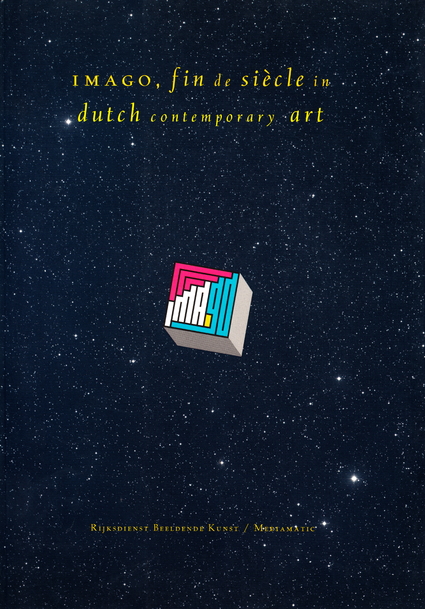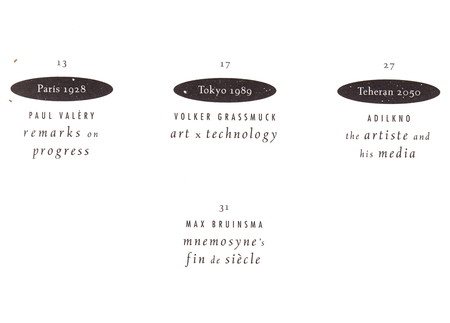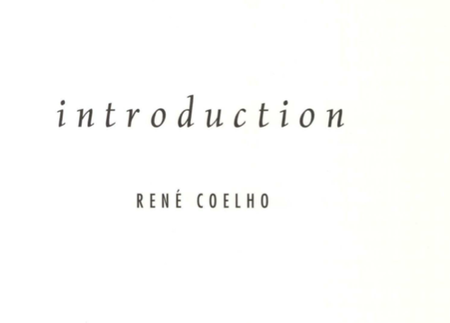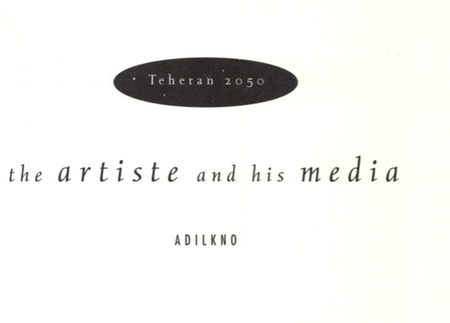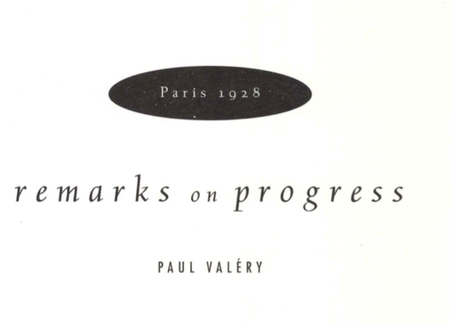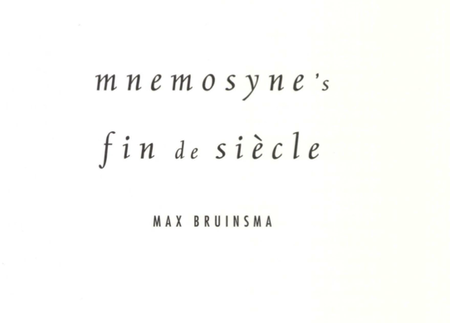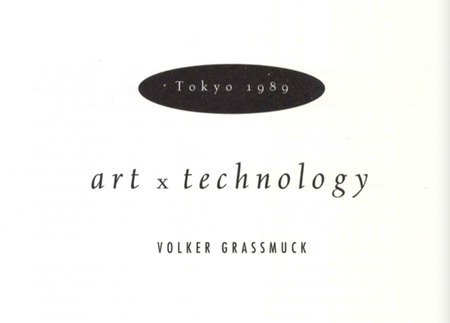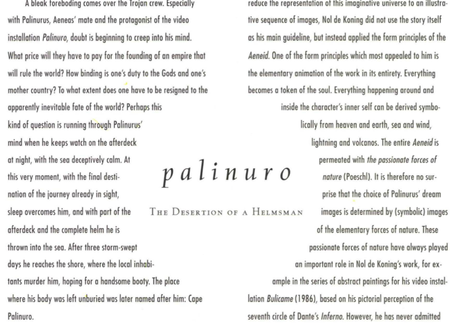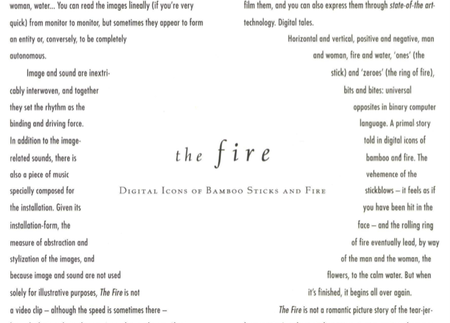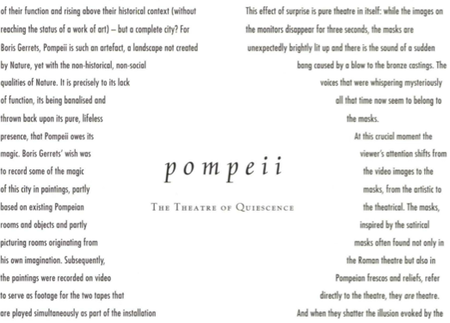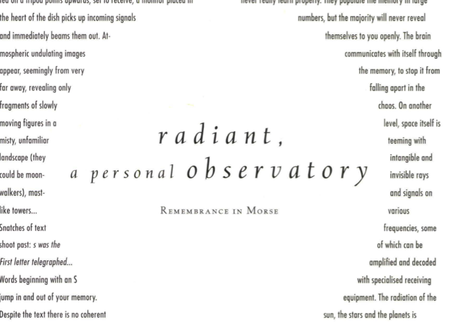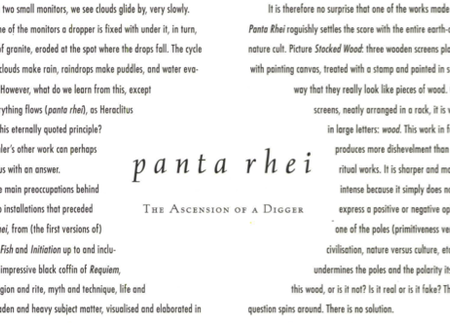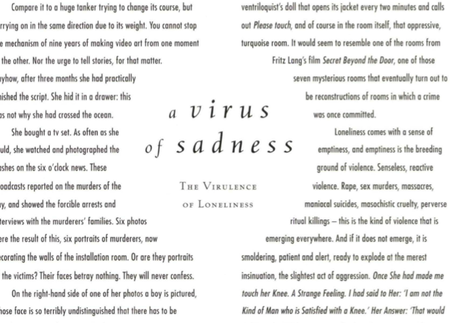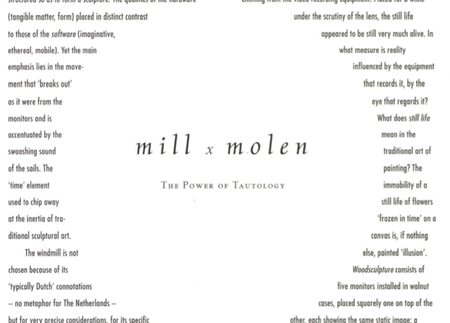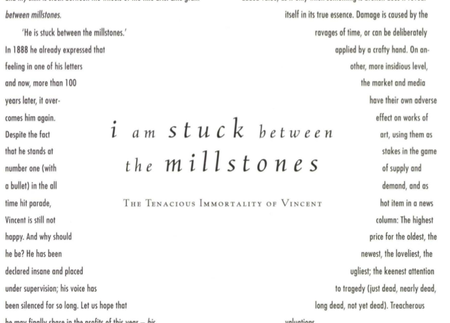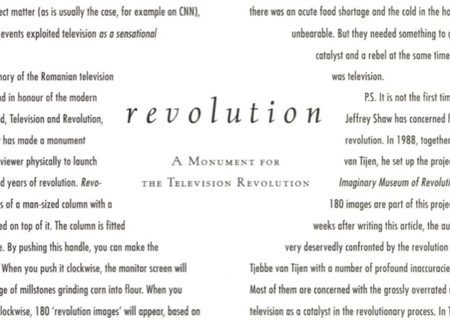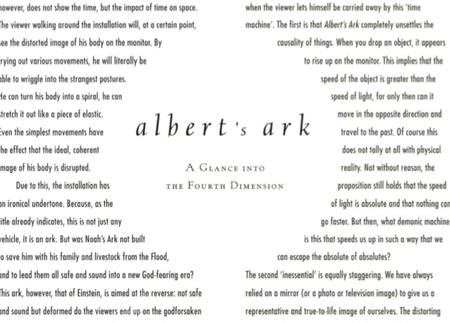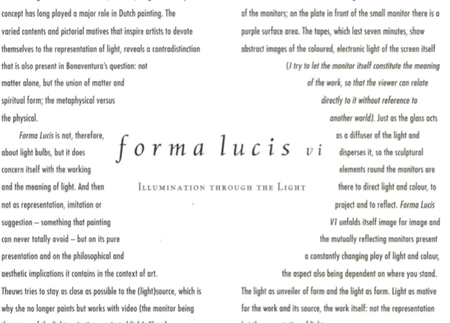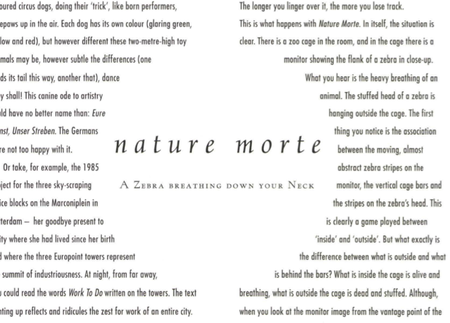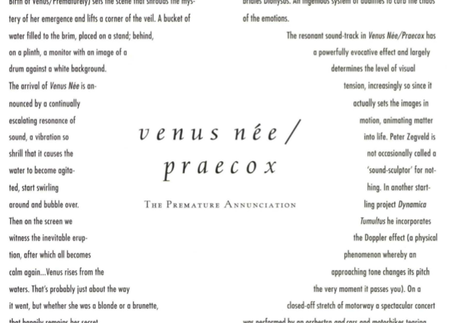But how powerful is emotions resistance to reason? Are the two really as different as they are claimed to be? Could it be that they are poles of one and the same process, both aimed at the unique moment of creativity?
The stormy development of technology in the 19th century led to a totally new world view; communications through the improvement in media, attained unheard-of heights. The invention of photography in 1839 was to radically and permanently alter the relationship of technology to the arts. It did not in the least signify that the end of painting was at hand; photography - and later film - have succeeded in developing themselves as artistic media
and holding their own alongside traditional expressive means.
In a tempo which never seems to stop accelerating, technology keeps offering the artist new possibilities: computers, copiers, video-discs, digital techniques. Techniques and devices which in the hands of the visual artist, have turned out to be useful for far more than simply reproduction.
This exhibition, entitled Imago, brings together fourteen Dutch artists. They are not disciples of any single, particular set of artistic convictions; their individual viewpoints differ. What unites them is the conviction that the creative potential of the achievements of present-day technology should be explored.
The person responsible for the concept of Imago, the selection of the artists and the works exhibited, is René Coelho. Commissioned by the Rijksdienst Beeldende Kunst (The Netherlands Office for Fine Arts) he developed a plan and presented it to various foreign museums. The high quality of the plan, as well as of the selected works, gained the immediate praise and respect of many museum directors. For his expertise, devoted effort and persistence, always putting the interests of the works and their creators first, I give my heartfelt thanks. And, of course, to the staff of the Stichting Montevideo in Amsterdam. Special thanks go to the editors and staff of Mediamatic, for their willingness to publish this as a double issue of their magazine: I applaud this kind of collaboration with great enthusiasm. I also wish to thank all the authors who have contributed to this publication, and to express my gratitude, as well, to all the agencies, in particular the Ministry of Welfare, Health and Cultural Affairs, whose financial contributions have helped to make this publication possible. Lastly, my thanks go to the staff of the rbk, especially to Evert Rodrigo, who have helped realise this immense project; and, it goes without saying, to the artists themselves. Many produced new work specifically for this exhibition; I am pleased to say that all the exhibited works have been purchased for the rbk collection.
Imago is a travelling exhibition about contemporary art and technology. It is worth noting in the 90s, the fin de siècle of a hundred years of unprecedented technological development, a trusted, traditional form has been chosen for: the exhibition’. Indeed, we choose to live, by turns - some might say of necessity - in irreconcilable worlds: illusion, fantasy and imagination are indispensable in a world which seems dominated by the computer, the fax and the video-disc.
Robert de Haas
